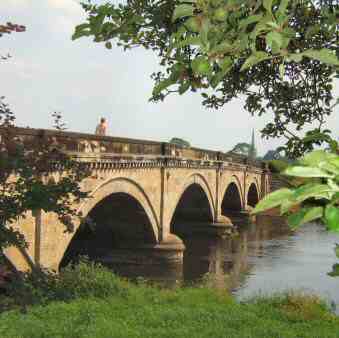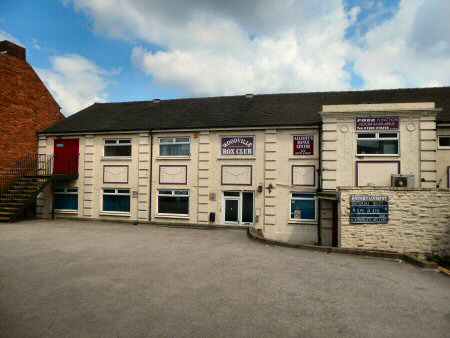A TO Z HIGHLIGHTS OF SOUTH DERBYSHIRE - PART 12

WALTON-ON-TRENT
Walton-on-Trent is four miles southwest of Burton, on the east bank of the River Trent. The old village was originally located to the south of the present one and stood on the earthworks of Borough Hill. It was an ancient fording point of the River Trent before an iron bridge was built across the river in 1834. The bridge lasted over 100 years but floods and the severe winter of 1947 led to its replacement. Army Royal Engineers built a temporary Bailey bridge on top of the old bridge. It was replaced in 1974 with a more modern version of the Bailey Bridge. At the time of writing, there are plans to plans to create a by-pass and build another bridge.
Walton Hall was built in 1724-9 to replace the old timber-framed hall and is situated in a commanding position overlooking the river. St Lawrence’s Church is thought to have Anglo-Saxon connections. Today, Walton has grown into a sizeable village.
GREAT WILNE
Great Wilne is a small hamlet, northeast of Shardlow Canal Village. Under the name of Wilne, it dates back to before Domesday Book. Interestingly it is split from its church by the river and can only be reached from Great Wilne on foot by crossing a pedestrian bridge. Anyone travelling by car from the village is faced with a much longer journey. There is archaeological evidence of a deserted medieval settlement near the village.
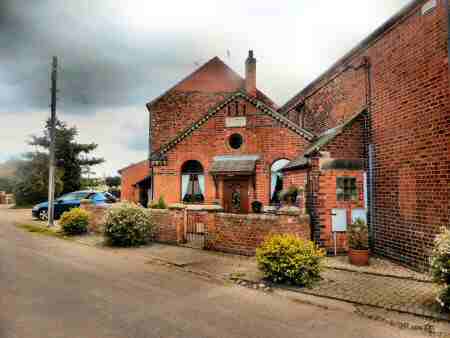
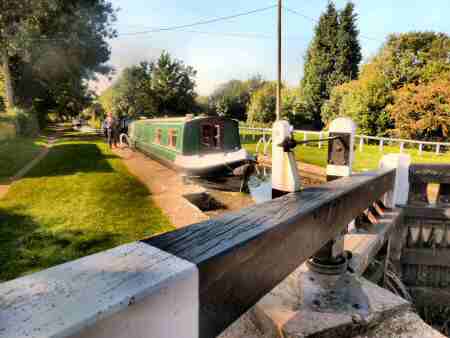
WESTON-ON-TRENT
Weston like its neighbour, Aston-on-Trent, has a very active community, which has the benefit of a large village hall to accommodate various group activities. Weston Cliff, a short distance to the west of the village is a favourite spot for anglers, artists and photographers, around which the canal curves on a narrow terrace. The old Cliff Inn, a former waterman’s tavern, is now a well-appointed Social Club for the use of Ukrainians and their friends. Sometime after the Second World War, a Ukrainian base was set up on the former military depot that stands nearby, which is still used by the Ukrainians for holidays and leisure purposes.
The 13th-century Church of St Mary is situated near the canal at Weston Cliff. It has two soldiers buried in the churchyard killed in battle, just over a mile away at King’s Mill during the Civil War of 1642. The interior is impressive for a church of its size. It contains a 17th-century monument commemorating Sir Richard Sale, the Prebendary of Lichfield Cathedral and a rector at Weston. The Victorian Rectory, which was at one time a Ukrainian Old People’s Home, is currently in private ownership and is known as Weston House.
Coopers Arms, originally Weston Hall is a popular public house and restaurant. It is a large five-storey Tudor brick building which at one time was moated. At the front is a 1.5-acre lake which is well-liked by local fishermen. The house started in 1633 by Anthony Roper was never completed because he ran out of money. Had it been completed it would have been Derbyshire’s largest brick house.
WILLINGTON
Situated midway between Derby and Burton, close to the A38 and new A50, it is hardly surprising that Willington is normally busy with traffic. It has been the hub for transport for many years and has an absorbing history. Evidence has been found of habitation in the area long before the Transport Revolution. In 1970, traces of a settlement were found dating back to 2,000 BC. It was constructed by the Beaker People, who are named after the distinctive drinking vessels they used, often found at burial sites.
The River Trent passes to the south of the village, and Willington was an important inland port during the 17th and 18th centuries. An Act of Parliament of 1699 made the Trent navigable above Shardlow as far as Burton. As navigation was less reliable further up the river, Willington’s prosperity increased and a settlement grew up close to the River Trent. The arrival of the Trent and Mersey Canal in 1777, replaced the river as the main form of transport. Later still, rail and then the road took over as the main transport providers.
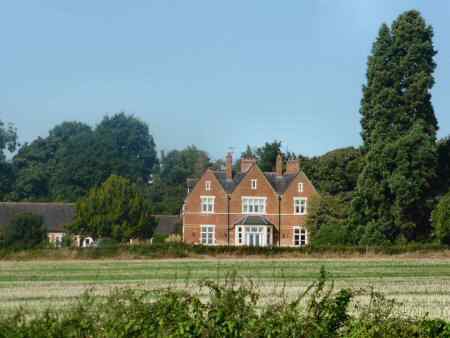
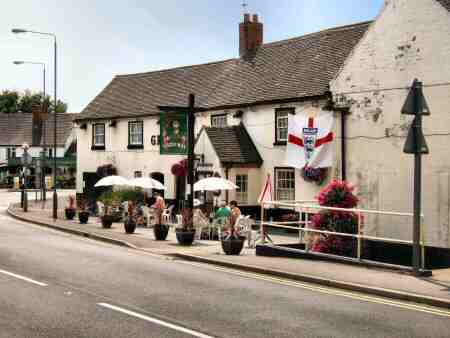
WILLINGTON – THE BRIDGE
The bridge is the only one over the River Trent between Swarkestone and Burton and was originally a toll bridge. Walkers had to pay one old penny at the toll house on the Willington side of the bridge. However, before the bridge was built in 1839, the only means of crossing the river to Repton were by ford or ferry. The ford was situated to the east of Willington Hall and the ferry to the west of the present bridge. Both were closed when the bridge was built.
Fifty-nine years later the tolls were removed amidst much jubilation. The toll board was moved to Repton Church, but the toll house remained in existence until 1958 when it was partially demolished by an out-of-control motor vehicle. There is a viewing platform at the side of the bridge, built as part of the centenary celebrations for the removal of the tolls.
WOODVILLE
Woodville is one and a half miles east of Swadlincote, on the A511 Burton to Ashby Road. Formerly known as Wooden Box, after the place where the toll collector on the Burton to Ashby turnpike took shelter when he was not collecting tolls. However, as the population grew and fundraising started to set up a church, the suggestion was made that a more appropriate name was required. Woodville was selected but it did not immediately catch on, because the police cell that was built the following year was named Wooden Box Lock-up House. The original name of the settlement is still used by some local people.
The cornerstone of St Stephen’s Church was laid in 1845 and consecrated one year later by the Bishop of Peterborough. In 1945 the Rev. Arthur Hurt was appointed vicar and remained in Woodville for eight years, His son, John, was five years old at the time of the appointment and later became a famous actor. Apart from two Academy Award nominations, he received many awards throughout his career. These included the BAFTA Lifetime Achievement award for outstanding contribution to British cinema.
Woodville is rich in industrial history, but many of the firms no longer exist or have been scaled down. The land vacated has largely been used for housing development. The five-way intersection where the wooden box was positioned is commonly known as the Clock Roundabout. It is overlooked by the clock tower of a white-fronted garage.
